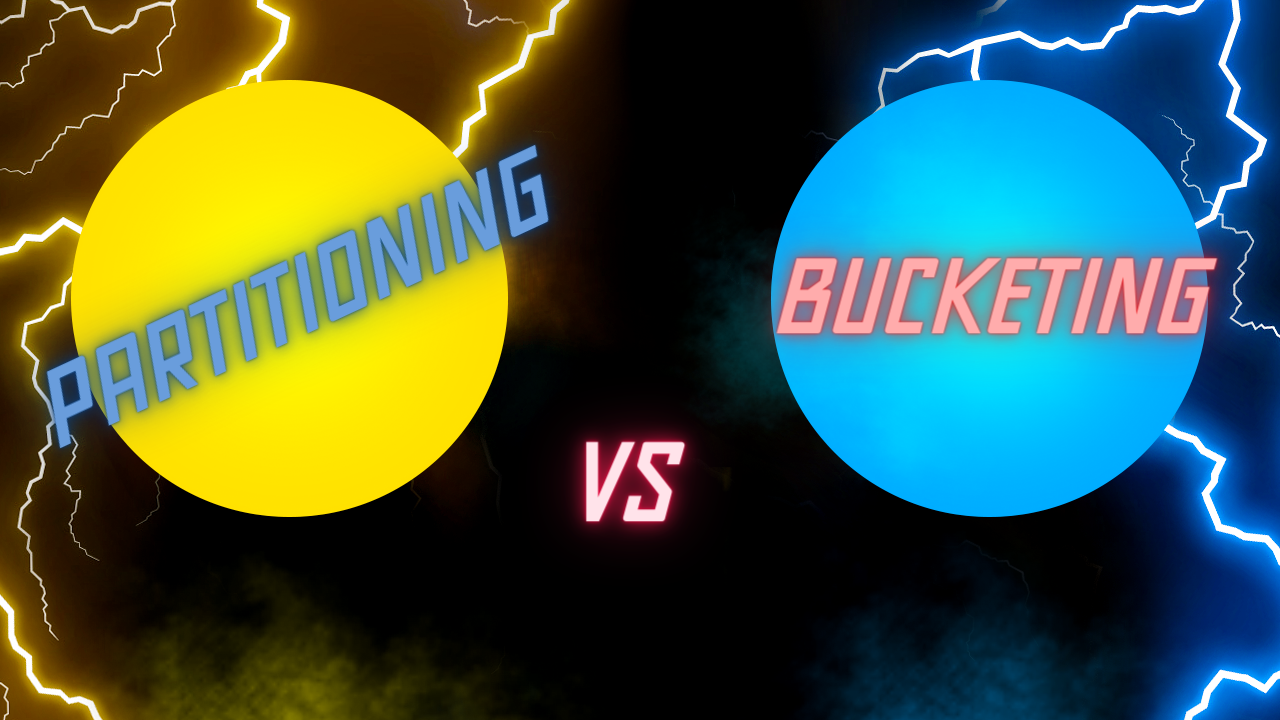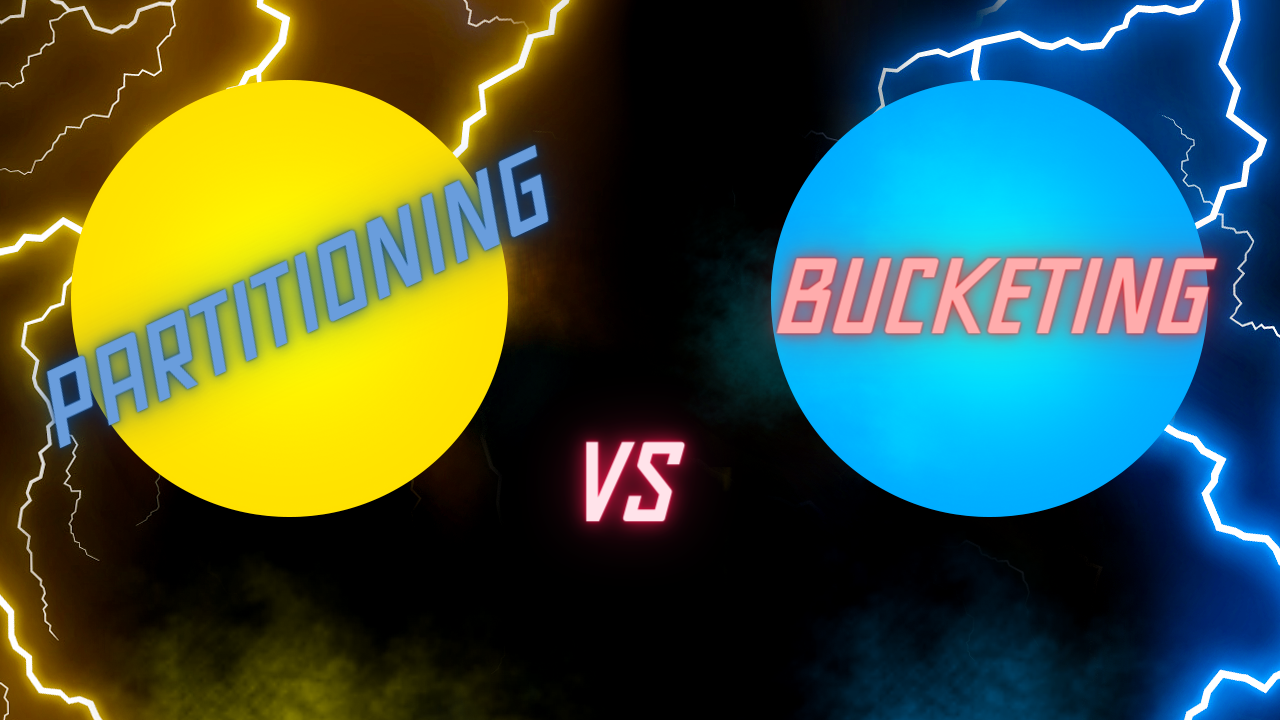Follow the stories of academics and their research expeditions

In the realm of data management, optimizing data storage and retrieval is paramount for efficient processing and analysis. Among the plethora of techniques available, partitioning and bucketing stand out as two powerful methods for organizing data within databases. While they might seem similar at first glance, each serves a distinct purpose and offers unique advantages. In this article, we embark on a journey to unravel the intricacies of partitioning and bucketing, exploring their differences, use cases, and implications for data management.
Partitioning involves dividing a large dataset into smaller, more manageable segments based on a specified criterion. This criterion typically revolves around a particular column or set of columns within the dataset, such as date, region, or category. Each segment, known as a partition, forms a subset of the original dataset, making it easier to query and analyze targeted portions of the data. [1]
Data Segmentation: Partitions segregate data into distinct subsets based on predefined criteria. For example, a sales dataset might be partitioned by date, with each partition representing sales data for a specific month or year.
Performance Optimization: Partitioning enhances query performance by allowing the database system to operate on smaller subsets of data. Queries involving partitioned columns can be executed more efficiently, leading to faster response times and improved overall performance.
Data Pruning: Partitioning facilitates data pruning, whereby the database system can eliminate irrelevant partitions from query execution based on query predicates. This pruning mechanism reduces the amount of data scanned during query processing, further improving performance.
Partition Elimination: When executing queries, the database engine can eliminate partitions that do not satisfy query predicates, thereby reducing the amount of data processed and improving query efficiency.
-- Create a partitioned table
CREATE TABLE sales_partitioned (
product_id INT,
amount DECIMAL(10, 2),
year INT,
month INT
)
PARTITIONED BY (year INT, month INT);
-- Insert data into the partitioned table
INSERT INTO TABLE sales_partitioned PARTITION (year=2022, month=1)
SELECT product_id, amount FROM sales_data
WHERE transaction_date >= '2022-01-01'
AND transaction_date <= '2022-01-31';
-- Insert other partitions similarly for different months and years
In this example, the sales_partitioned table is partitioned by year and month, allowing for efficient querying and filtering based on these criteria.
Bucketing, on the other hand, involves dividing data into discrete buckets based on hashing or range partitioning techniques. Unlike partitioning, which partitions data based on specific column values, bucketing distributes data evenly across predefined buckets, typically without regard to the actual data values. Each bucket contains a subset of data records, and the number of buckets is predetermined during table creation. [2]
Uniform Data Distribution: Bucketing ensures a uniform distribution of data across buckets, regardless of the underlying data values. This uniformity facilitates efficient data retrieval and processing, especially in scenarios where data skewness is a concern.
Hash-Based or Range-Based: Bucketing can be implemented using either hash-based or range-based partitioning techniques. Hash-based bucketing involves applying a hash function to partition data evenly across buckets, while range-based bucketing partitions data based on predefined ranges.
Query Performance: Bucketing can enhance query performance by reducing data skewness and improving data locality. Queries involving bucketed columns can benefit from optimized data access patterns, resulting in faster query execution times.
Join Optimization: Bucketing can improve join performance by ensuring that data records participating in join operations are co-located within the same or nearby buckets. This co-location reduces data shuffling during join processing, leading to more efficient query execution.
While partitioning and bucketing share similarities in terms of data organization, they differ significantly in their underlying principles and applications:
Criteria for Data Segmentation: Partitioning segments data based on specific column values, such as date or region, whereas bucketing distributes data evenly across buckets, irrespective of the data values.
Query Optimization Techniques: Partitioning leverages data pruning and partition elimination techniques to optimize query performance, while bucketing focuses on ensuring uniform data distribution and improving data locality for enhanced query execution.
Use Cases: Partitioning is well-suited for scenarios involving range-based queries, time-series data, and data pruning requirements. In contrast, bucketing is ideal for addressing data skewness, optimizing join operations, and achieving balanced data distribution across buckets.
Example of Bucketing:
Suppose we have a table customer_data containing information about customers, and we want to bucket it by customer_id.
-- Create a bucketed table
CREATE TABLE customer_bucketed (
customer_id INT,
name STRING,
email STRING
)
CLUSTERED BY (customer_id) INTO 10 BUCKETS;
-- Insert data into the bucketed table
INSERT INTO TABLE customer_bucketed
SELECT customer_id, name, email FROM customer_data;
In this example, the customer_bucketed table is bucketed by customer_id into 10 buckets. This allows for efficient data retrieval and join operations, particularly when accessing data based on the customer_id column.
Criteria | Partitioning | Bucketing |
Data Segmentation | Segments data based on specific column values (e.g., date, region) | Distributes data evenly across buckets (e.g., hashing or range) |
Query Optimization | Leverages data pruning and partition elimination for optimization | Focuses on ensuring uniform data distribution and data locality |
Use Cases | Well-suited for range-based queries, time-series data, and pruning | Ideal for addressing data skewness, optimizing joins, and balanced distribution |
Query Performance | Enhances performance through optimized data access within partitions | Improves performance by reducing data skewness and optimizing join operations |
Data Pruning | Facilitates pruning of irrelevant partitions based on query predicates | Does not directly facilitate pruning, but improves data locality for efficient querying |
Partition Elimination | Eliminates partitions not satisfying query predicates for efficiency | N/A (Does not eliminate buckets based on query predicates) |
Data Distribution | Segregates data into distinct subsets based on defined criteria | Distributes data uniformly across predetermined buckets |
Implementation Technique | Splits data based on column values or ranges specified during table creation | Utilizes hashing or range-based partitioning techniques |
Join Optimization | Does not inherently optimize joins, but can improve performance through partitioning | Improves join performance by ensuring co-located data in buckets |
Example Syntax | CREATE TABLE sales_partitioned (PARTITIONED BY (year INT, month INT)) | CREATE TABLE customer_bucketed (CLUSTERED BY (customer_id) INTO 10 BUCKETS) |
In the dynamic landscape of data management, partitioning and bucketing emerge as indispensable tools for organizing and optimizing large datasets. While both techniques aim to enhance query performance and improve data accessibility, they exhibit distinct characteristics and serve different purposes. By understanding the nuances of partitioning and bucketing, data engineers and analysts can make informed decisions regarding data organization and query optimization strategies, ultimately unlocking the full potential of their data assets.
[1] Apache Hive Documentation: Partitioning
[2] Apache Hive Documentation: Bucketing
"Designing Data-Intensive Applications" by Martin Kleppmann. O'Reilly Media, 2017.
"Hadoop: The Definitive Guide" by Tom White. O'Reilly Media, 2015.
"Data Algorithms: Recipes for Scaling Up with Hadoop and Spark" by Mahmoud Parsian. O'Reilly Media, 2015.
Tue, 02 Apr 2024

Leave a comment